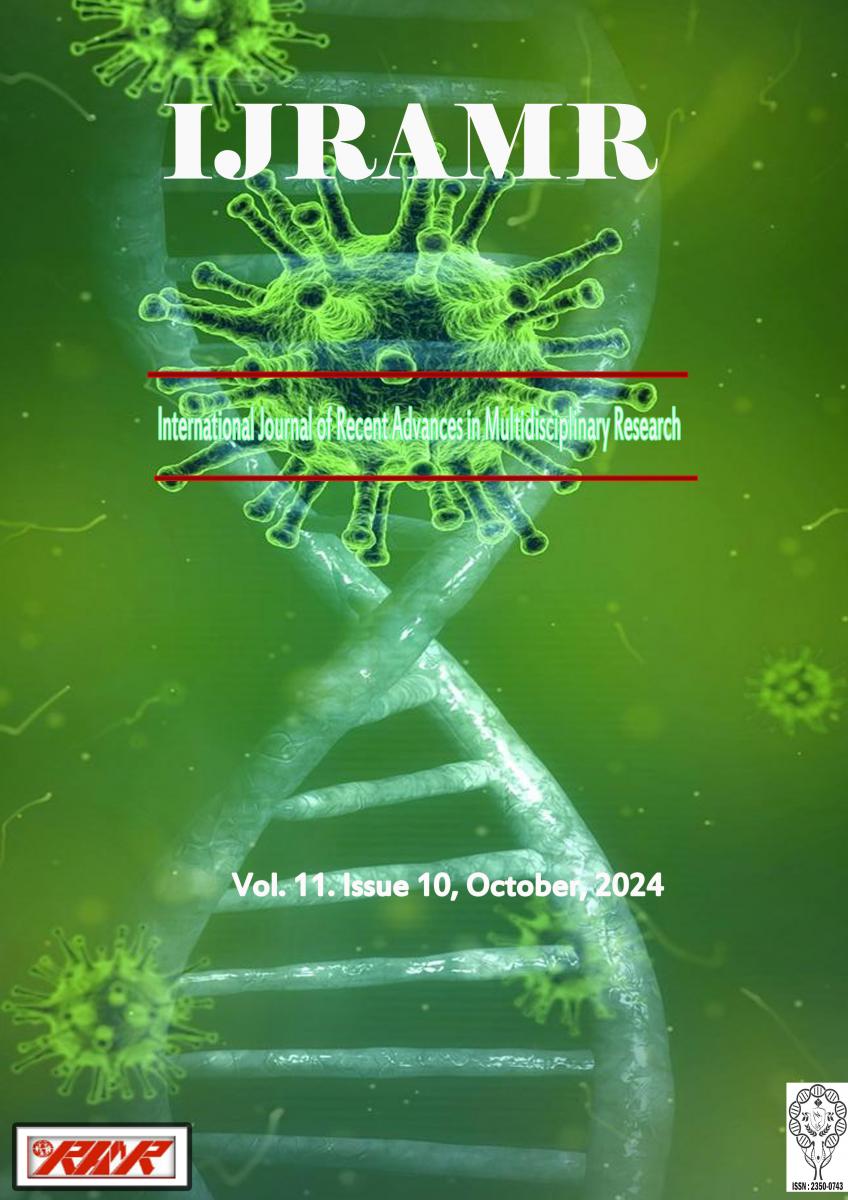Studies on the sanganour oodai effluent on germination and seedling growth of capsicum annum
The major open drainage sanganour oodai system, Which has intricate linkage with storm water supply domestic sewage and industrial effluent disposal, water samples from collected and analyzed for physical-chemical parameters to assess the water quality of the Sanganur oodai systems. The study revealed that physical-chemical parameter like PH,EC,TDS,DO,BOD,COD, and the effect of the effluent on the crop plant (Capsicum annum ) has been investigated the days of emergence, germination percentage ,shoot length, root volume, biochemical parameters ,protein, carbohydrates , and.






